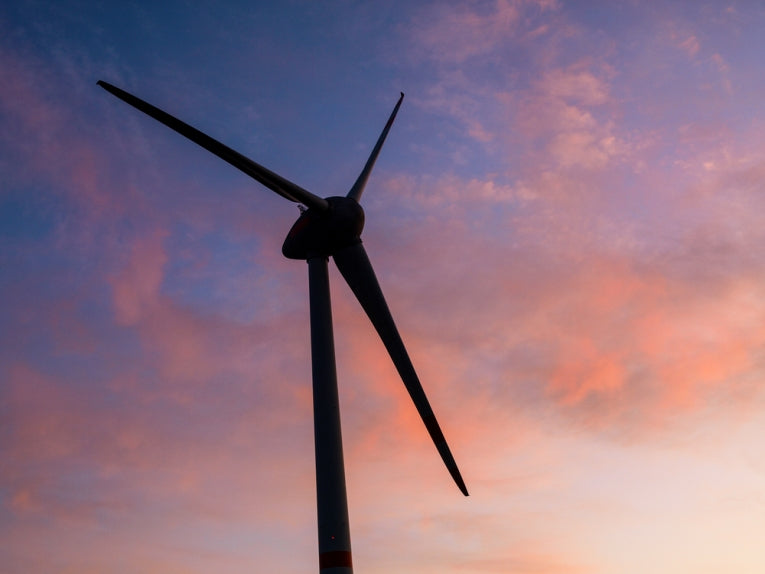Stanford University has announced that the next twenty years could see the world's energy requirements filled by wind.
The University's School of Engineering and the University of Delaware, publishing in the Proceedings of the National Academy of Sciences (PNAS), have developed a climate model that claims that even with reductions in wind speed when turbines steal the energy from each other, there is a possible 7 times energy surplus available, blowing in the wind. Heat production from generating electricity was also accounted for in their model, whereas others have assumed only oil, coal uclear and gas powered generation would produce a lot of waste energy as heat.
The catch? that wind turbines would be installed in any position, regardless of any factor other than the power available. Two earlier models proclaimed that there is insufficient wind, but this latest computerisation uses boxes for the winds that can lie over and alongside each other.
One extra available from the studies is global temperature effects as well as changes in moisture, clouds, climate and several related aspects. Such factors as downdraft and drag from turbine blade rotation turbines were minimalised by lower wind speeds ad affected temperature and evaporation less.
With these hundreds of terawatts, there is eventually a point where no further turbines could be usefully erected. No more energy could theoretically be extracted at this saturation wind power potential (SWPP), with 250 terawatts used up.

Wind farm image; Credit: © Shutterstock
However, if we only used land and coastal turbines, the 80 terawatts provided would still be 7X the estimated energy requirement of the human species. Another future possibility is using the powerful jet-streams that power planes at high altitude and thereby extract up to 380 terawatts!
Back to reality, Mark Jakobsen and Cristina Archer calculated the year 2030, the power needed for half our needs, and the result - 5.75 terawatts available from 4 million wind turbines at 100m high. More would be possible, up to 7.5 terawatts, without any negative effect on climate. Half would be over the water, leaving only 0.5% of our precious land surface to erect the terrestrial turbines.
The paper states half of Alaska, but Alaskans have done nothing that bad to deserve it! Deserts, American plains, etc. are suggested as more valid sites. Scotland is already self-sufficient in energy thanks largely to wind farms, so let's hope other countries can now see the light (or the electricity to power it.)










